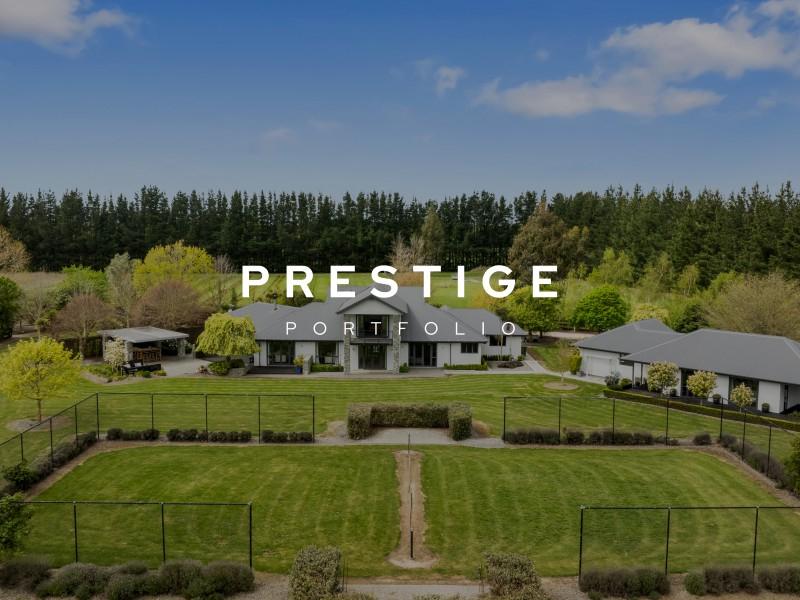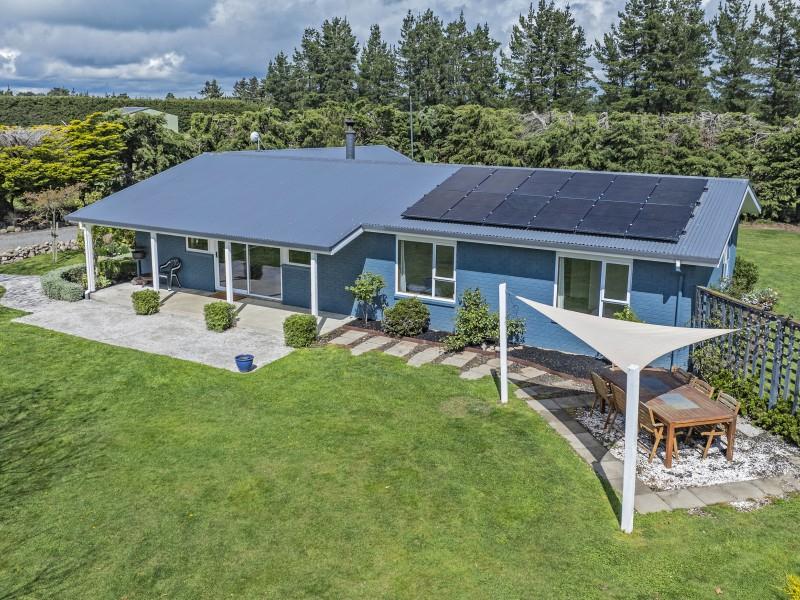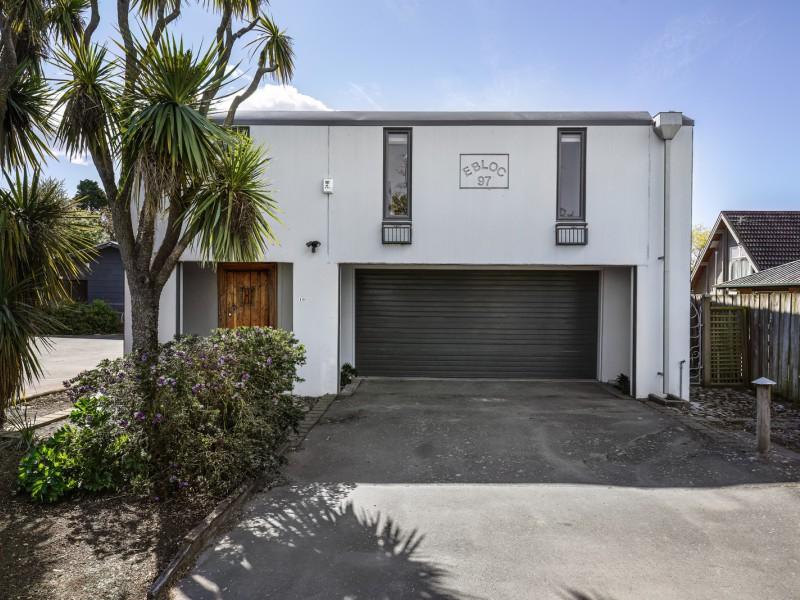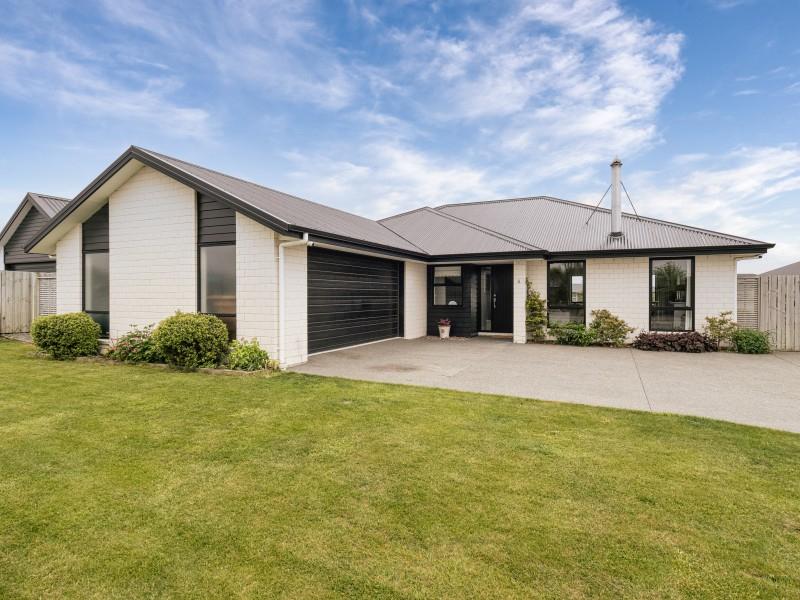Rangiora High School looks to 1986 for inspiration
By David Hill, local democracy reporter
"It’s back to 1986" at Rangiora High School, but a new enhanced version.
That’s the assessment of principal Bruce Kearney following a comprehensive curriculum review, which will lead to sweeping changes to the school’s teaching and learning, pastoral care, and a revamp of the Rakahuri building.
Kearney tasked deputy principals Paula McDonald and Haidee Tiffen with the task of conducting the review in term one.
The pair worked with education consultants ImpactED to conduct an online survey and interviews with students, staff and whanau, with more than 1000 students responding from a school roll of 1700.
"It’s not a step back in time to 1986, but it is something parents can understand," Tiffen said.
"We are trying to simplify it, but we’re not letting go of all the good stuff," McDonald added.
She said the students would be "at the heart of everything", with a new philosophy of "know me, guide me" under-pinning the new curriculum.
"It is about getting to know our learners and guiding our learners.
"The number one thing parents said was they wanted the students to be going to school happy and having lots of choice (in their subjects)."
Tiffen said having strong connections between students and teachers also came through strongly.
Once the survey was completed, staff were invited to test the review findings, with 23 staff volunteering to explore what changes were possible.
The biggest change will be installing internal walls in the open plan Rakahuri building, which is thought to be the largest classroom in the South Island.
The proposed layout will be essentially the same, but with learning spaces turned into single cell classrooms and the potential for the library to be incorporated.
The project is out for tender and the school will be seeking funding from the Ministry of Education to make it happen.
Tiffen said students had found it distracting being in an environment where multiple classes were operating in one big space.
"Our neuro-diverse learners were finding it particularly challenging.
"They still want those spaces, but with more closed off spaces to improve their learning."
From next year junior students will return to spending more time with specialist subjects teachers, instead of the co-operative teaching across subjects employed in recent years.
Senior school courses will return to full year, rather than semester (half-year) courses.
"It is all about those relationships with learners," Tiffen said.
"You can’t get to know our learners well enough in half a year."
She said the focus would be on the teaching and learning rather than assessment, with the assessment built in.
The Wānanga (form class) structure will change, with students spending less time "with a trusted adult for whanaungatanga (building relationships)" from next year.
Literacy and numeracy would also be a big focus.

It’s Riddle Time – You Might Need an Extra Cup of Coffee!
Nobody has ever walked this way. Which way is it?
Do you think you know the answer to our daily riddle? Don't spoil it for your neighbours! Simply 'Like' this post and we'll post the answer in the comments below at 2pm.
Want to stop seeing riddles in your newsfeed?
Head here and hover on the Following button on the top right of the page (and it will show Unfollow) and then click it. If it is giving you the option to Follow, then you've successfully unfollowed the Riddles page.

Poll: Do you think NZ should ban social media for youth?
The Australian Prime Minister has expressed plans to ban social media use for children.
This would make it illegal for under 16-year-olds to have accounts on platforms including TikTok, Instagram, Facebook and X.
Social media platforms would be tasked with ensuring children have no access (under-age children and their parents wouldn’t be penalised for breaching the age limit)
.
Do you think NZ should follow suit? Vote in our poll and share your thoughts below.

-
84.6% Yes
-
14% No
-
1.4% Other - I'll share below
Heritage gem or dangerous burden? Bowling club’s dilemma with historic pavilion
By David Hill, Local Democracy Reporter
A Rangiora sports club is frustrated with the increasing maintenance and insurance costs of its 113-year-old pavilion, which can't be demolished due to its historic importance.
The Rangiora Bowling Club approached the Waimakariri District Council last year for help, but was yet to find a satisfactory solution for the pavilion.
It is registered with Heritage New Zealand and listed in the Waimakariri District Plan, leaving the club with few options.
The club’s ex-president Norman Hewett said the pavilion on Good St, north of the town centre, is unsafe and no longer fit for purpose.
Hewett said the council has been supportive and Heritage New Zealand has offered advice, but no funding.
‘‘Everybody thinks the building is worth preserving, but there is a cost and it shouldn’t be put on the bowling club.
‘‘As far as we are concerned it is not fit for purpose and we want to know how we can get round that.
‘‘We want to know what the community thinks and if they want to retain it, are they willing to pay for it?’’
The club has formed a sub-committee to explore what options are available.
Sub-committee member Rodger Wilton said the club has been unable to find any record that the club had a say when the building was given heritage status.
Built in 1911, the pavilion served the Rangiora Bowling, Tennis and Croquet Club, which originally shared the site.
It cost 945 pounds and was opened on October 28, 1911.
The three clubs purchased 1.25 acres on the corner of Blackett and Good streets in April 1905, but later parted company, with tennis and croquet moving to new sites.
While no quotes have been sought, Hewett believed it would cost more than $1 million to bring the pavilion up to code.
Ideally the club would like to demolish the pavilion so it can upgrade its main building and remain on site.
The stairwell was non-compliant and there was no wheelchair access, meaning the club was unable to use the upstairs facilities.
There are loose tiles on the roof which need replacing.
An attached building behind the pavilion is sufficient to meet the needs of the 140 members and for hosting the largest bowls tournament in North Canterbury, Hewett said.
He said the club is open to all options, including a land swap or selling to a developer with the expertise to restore the pavilion.
Waimakariri District Council community and recreation manager Chris Brown said the council is working through various opportunities with the bowling club as part of a feasibility study.
‘‘There are a lot of options to consider. Each have various financial, social and operational implications.’’
Heritage New Zealand Pouhere Taonga said it had ‘‘expressed support for the adaptive reuse of the building and supported the club’s intention to investigate options for the pavilion and the associated land parcel’’.
The Rangiora Bowling Club is keen to hear the views of the community. Email rangiorabowling@gmail.com.
■ LDR is local body journalism co-funded by RNZ and NZ On Air.









 Loading…
Loading…
























